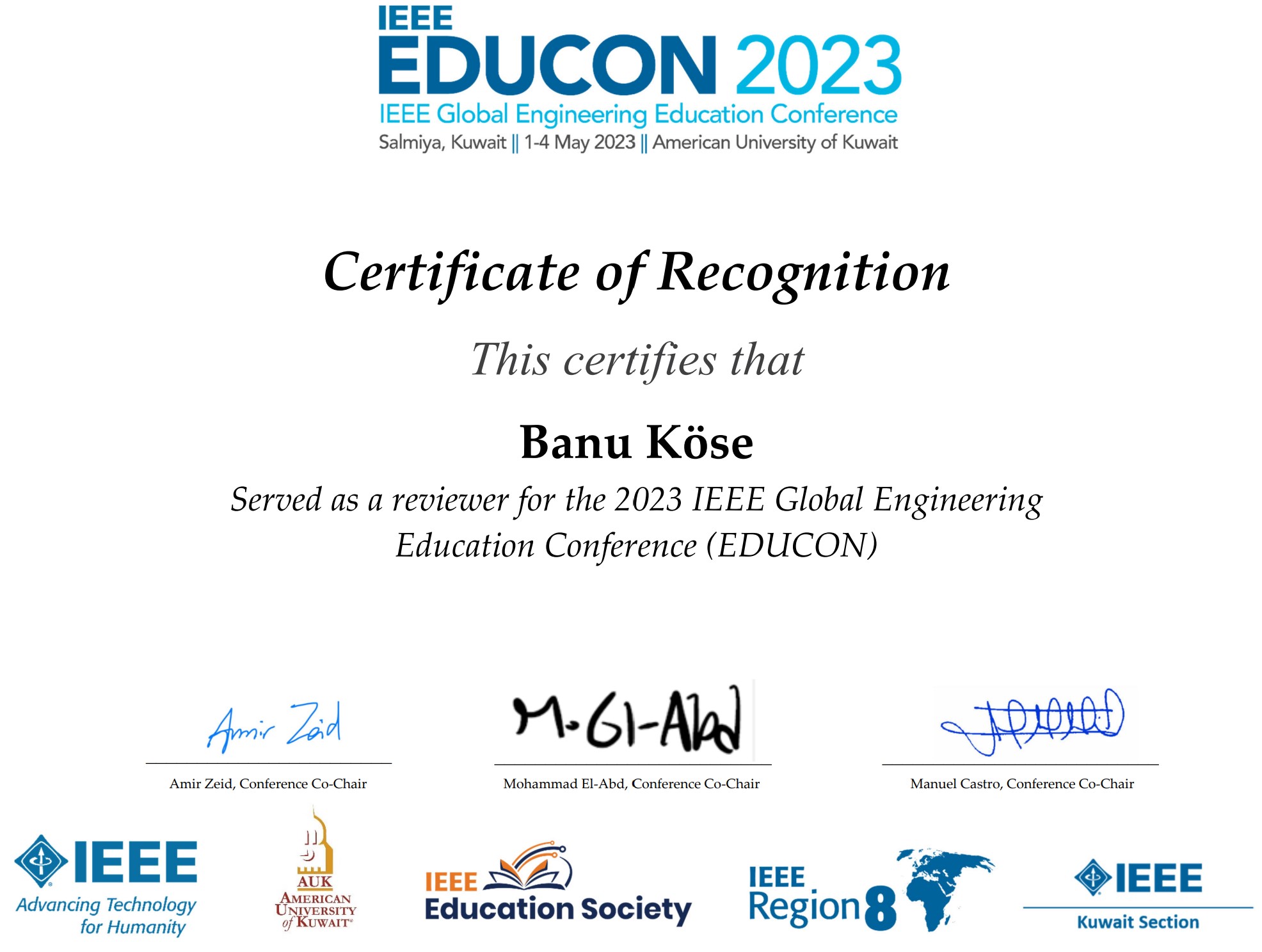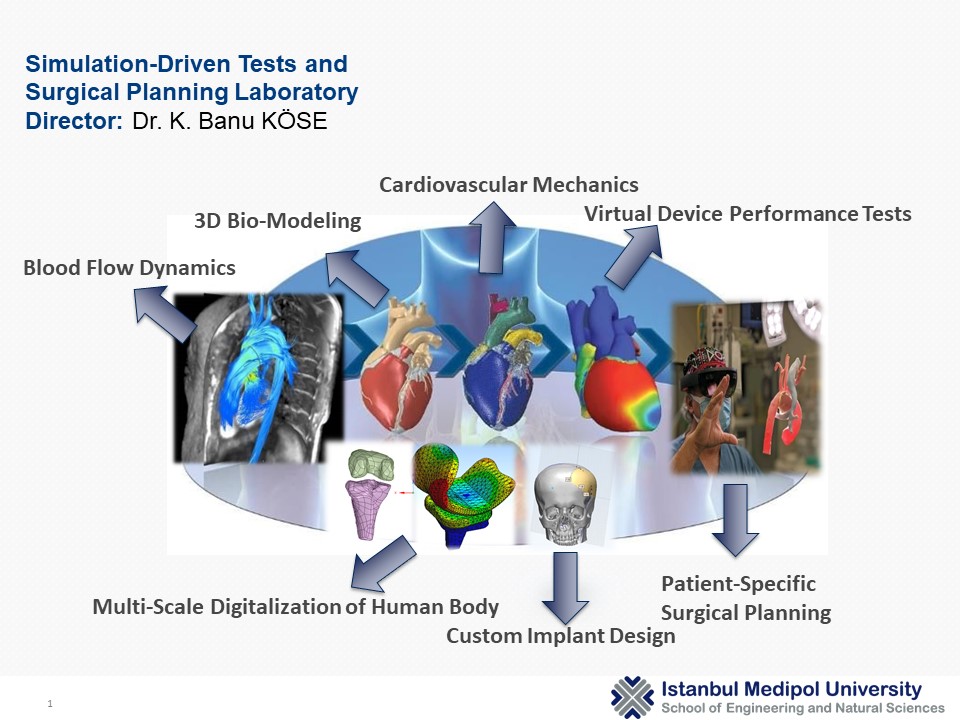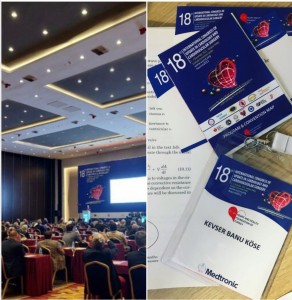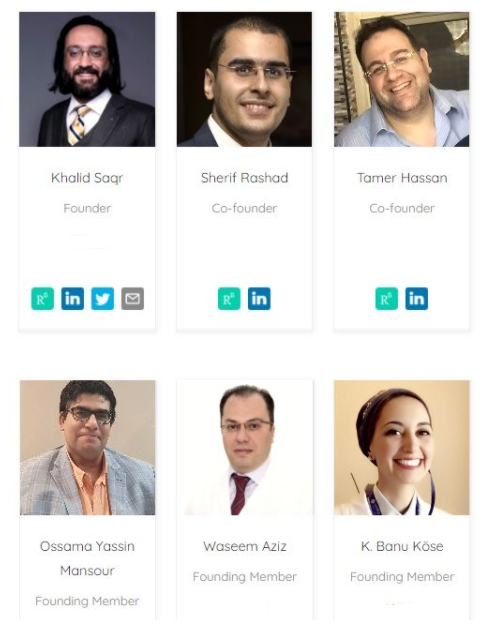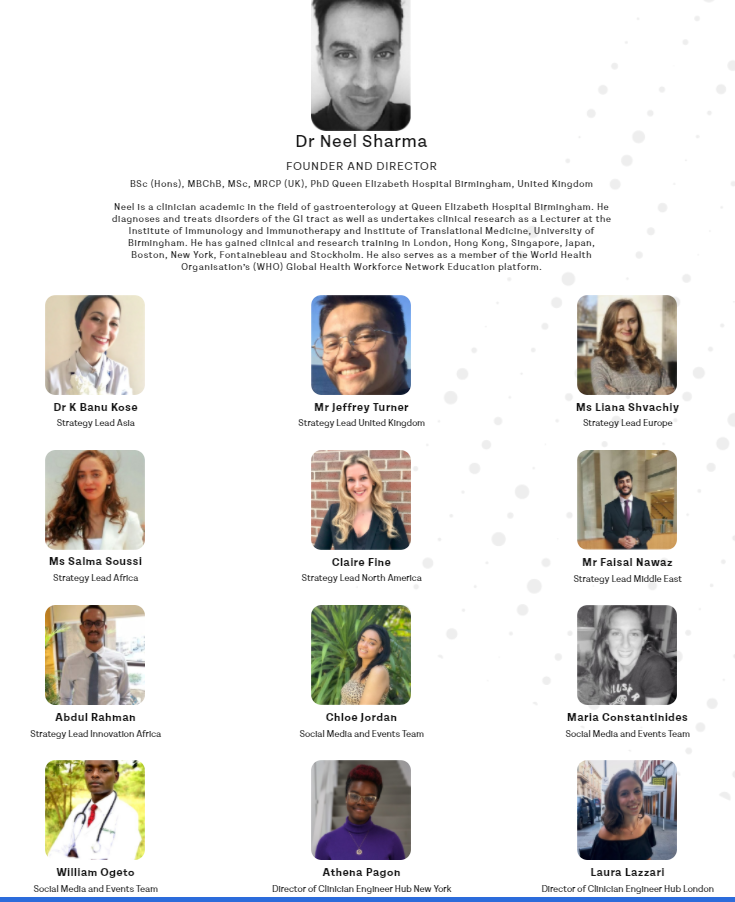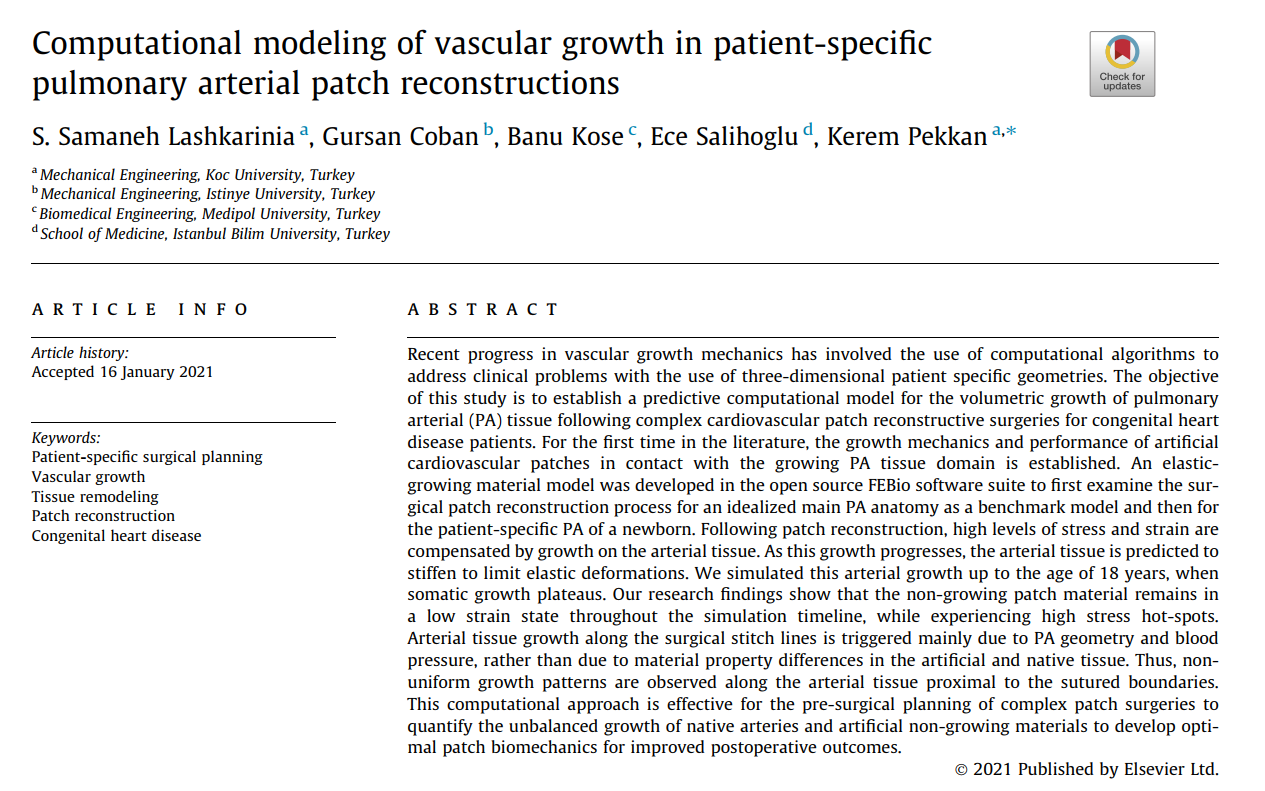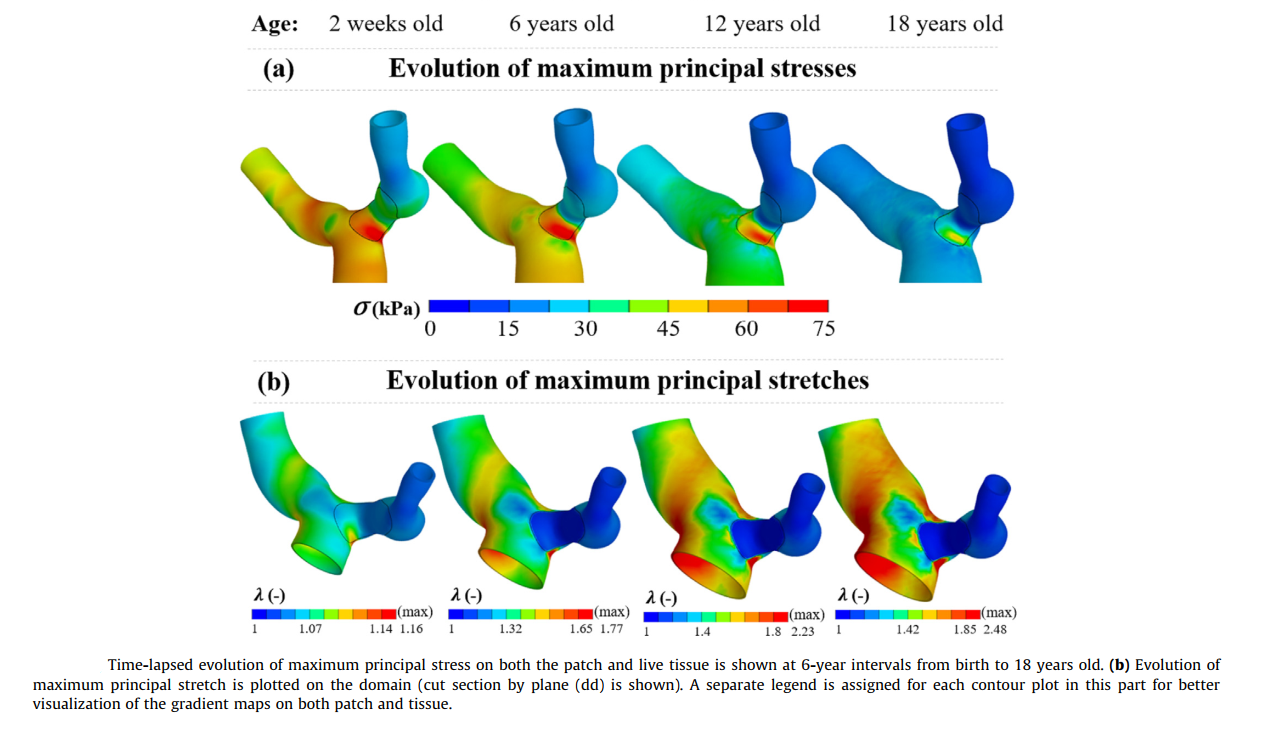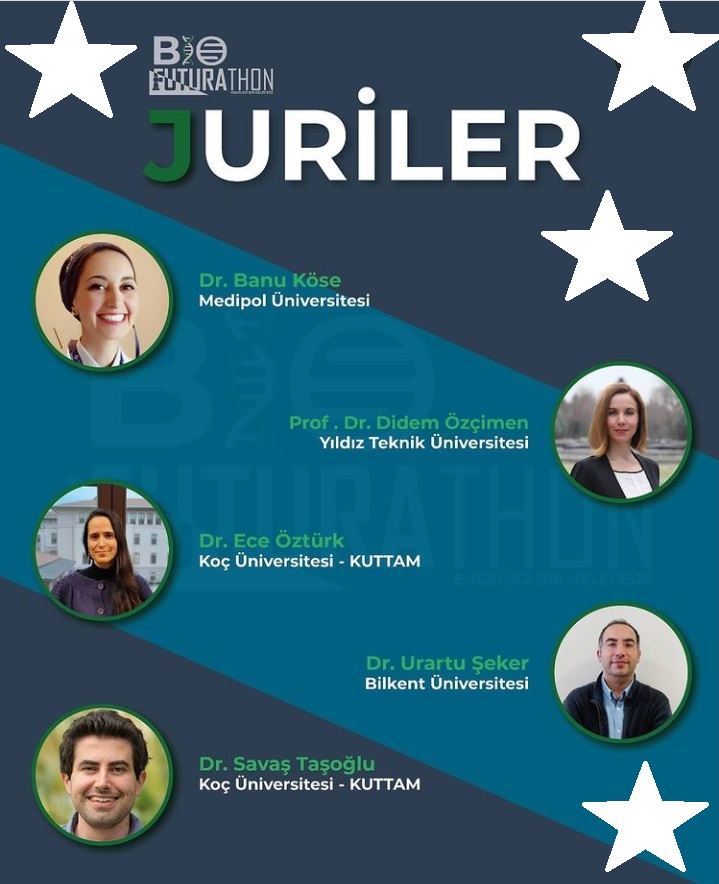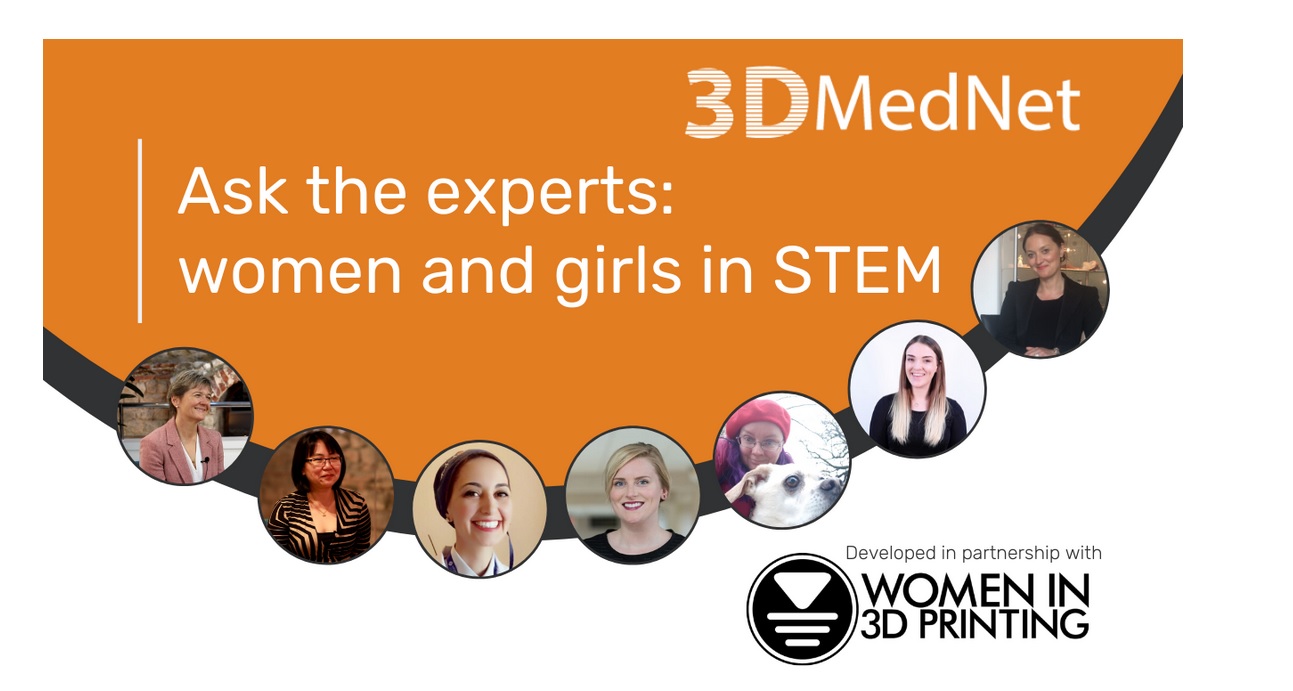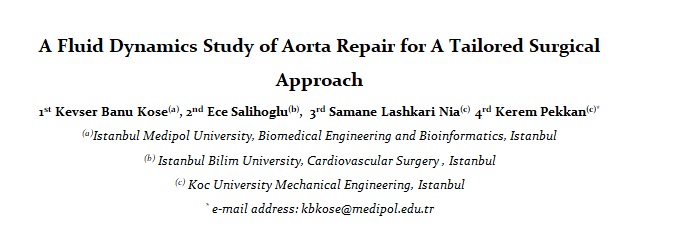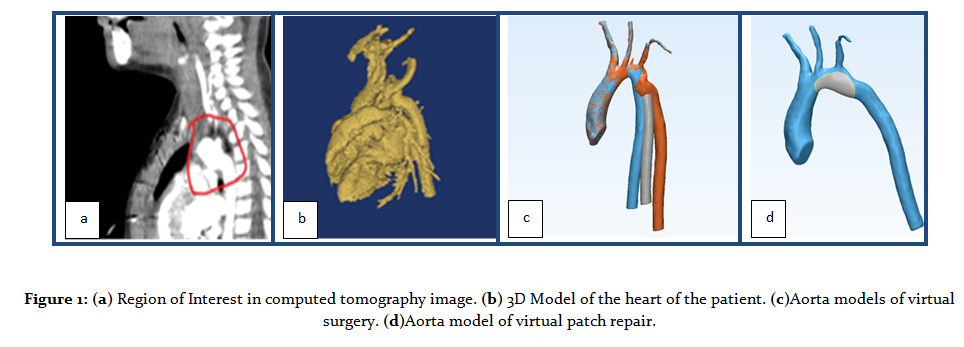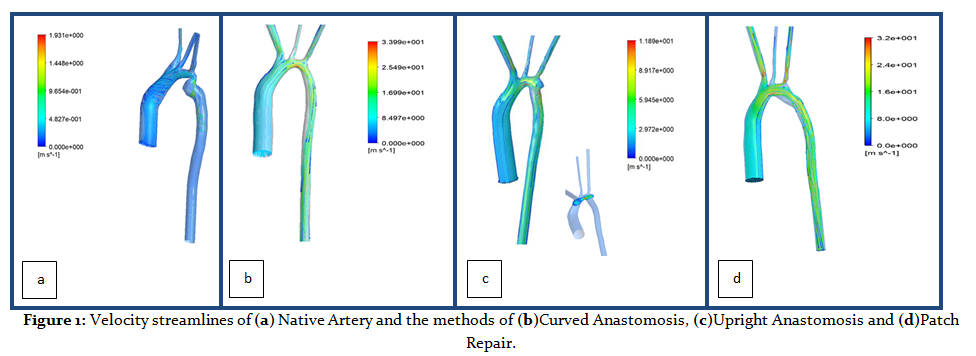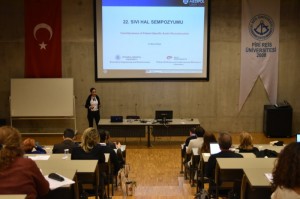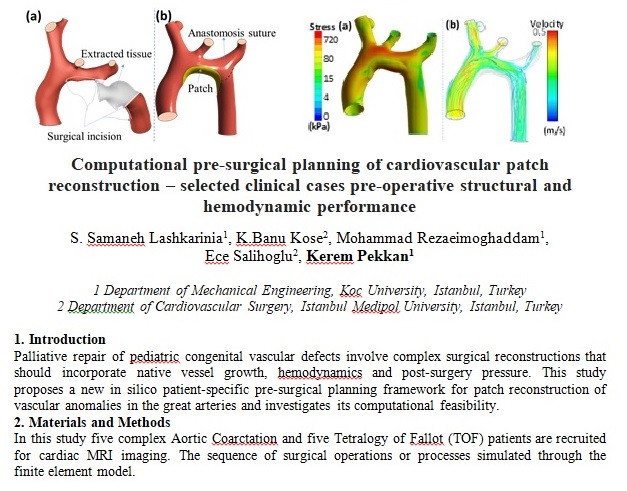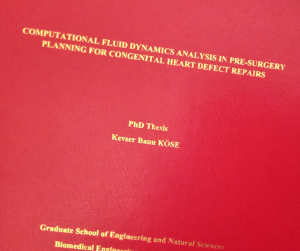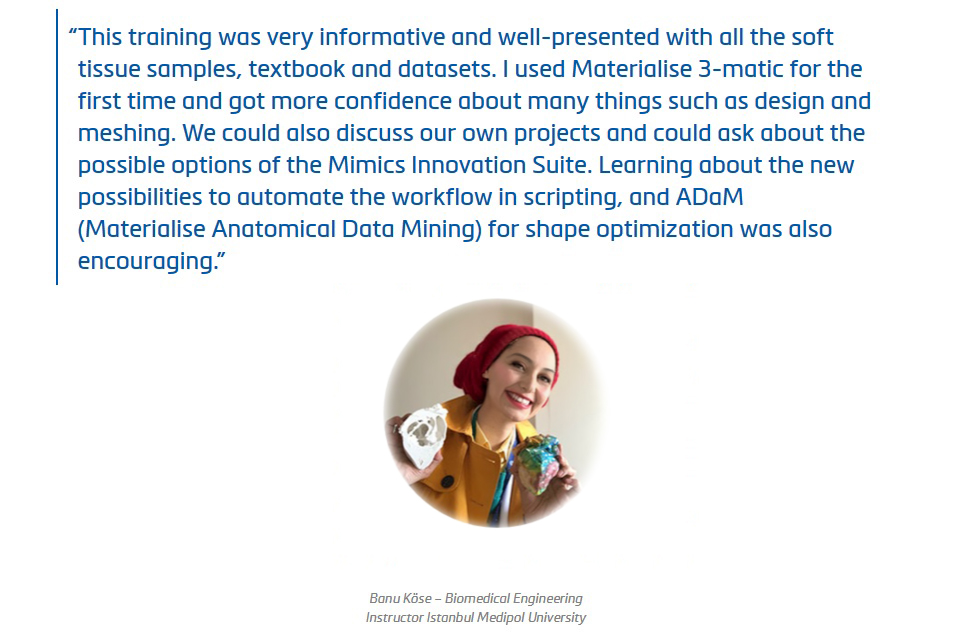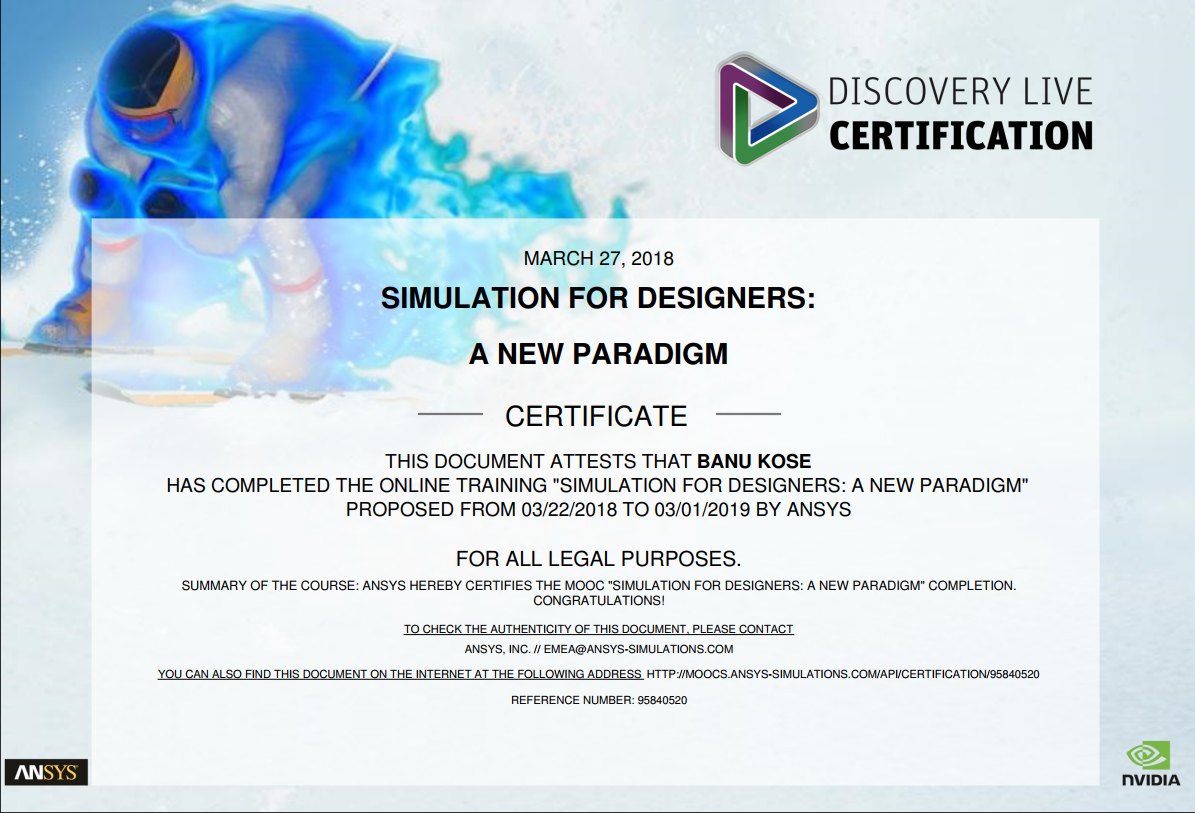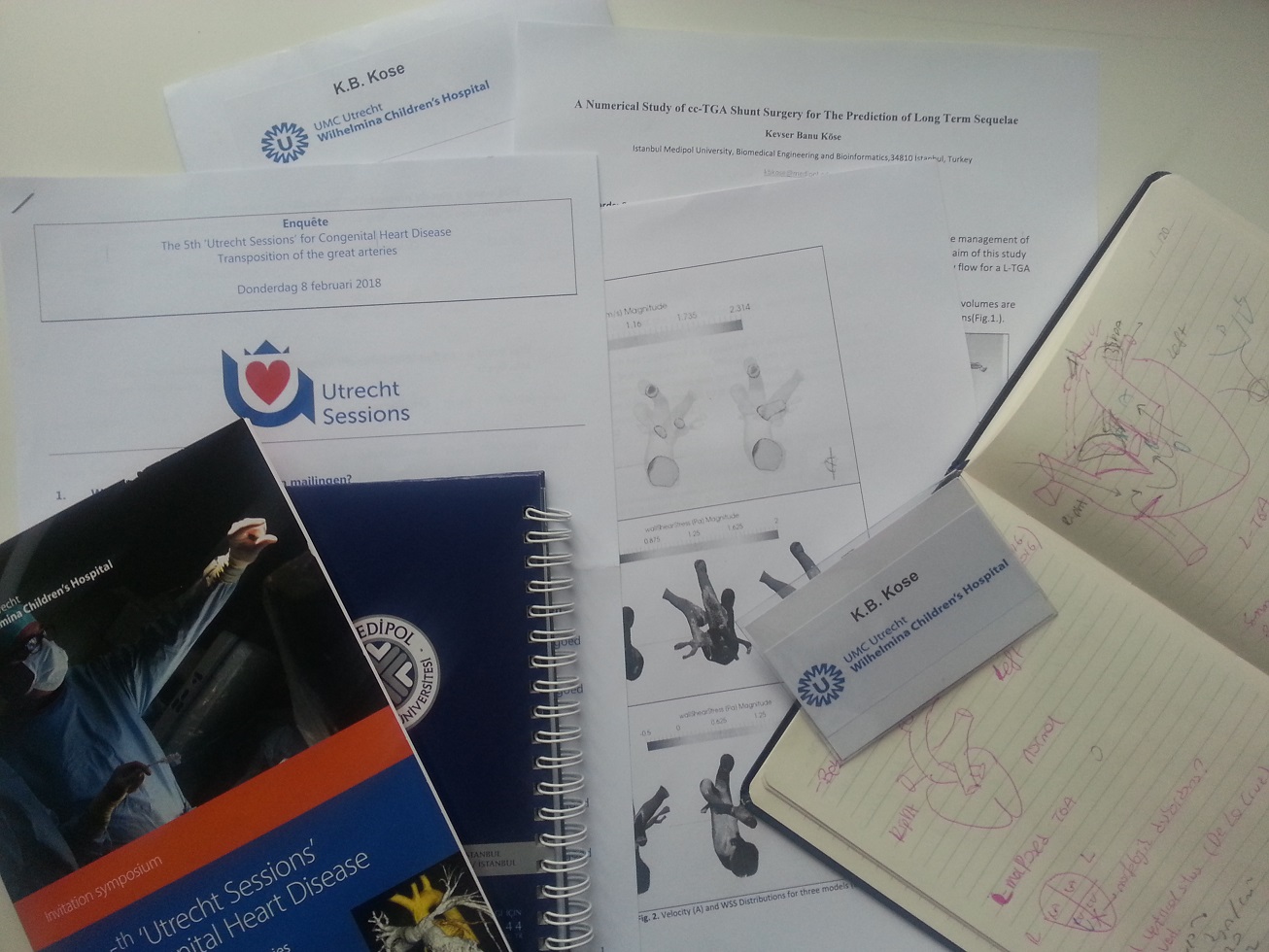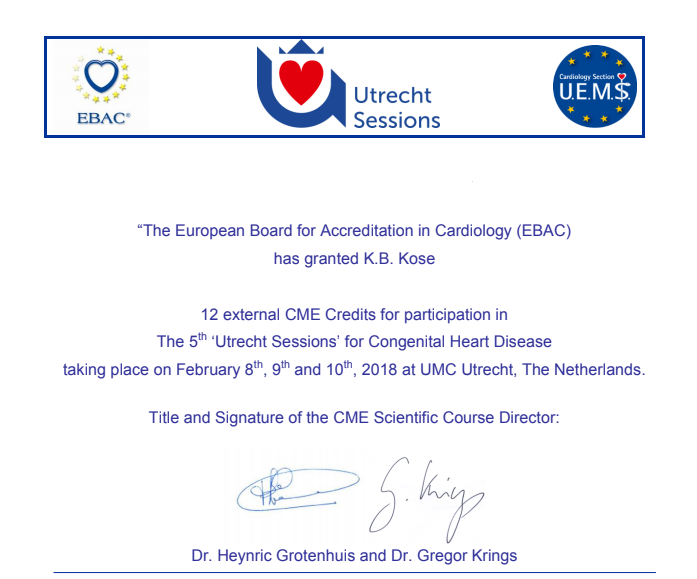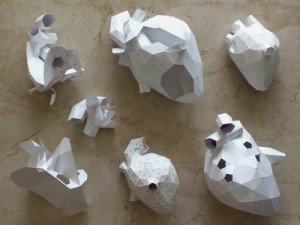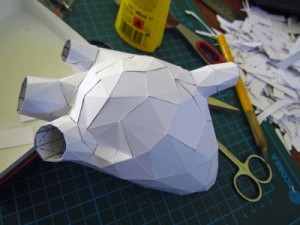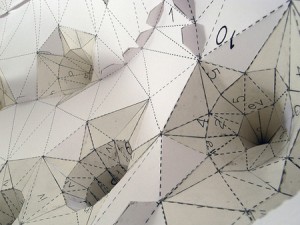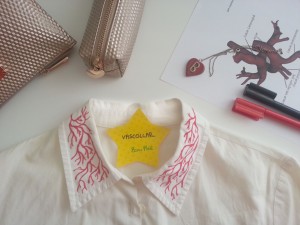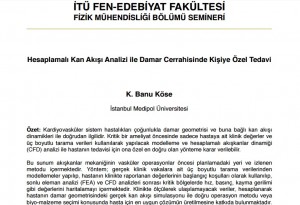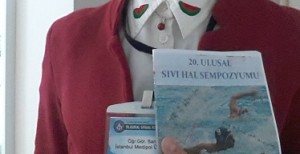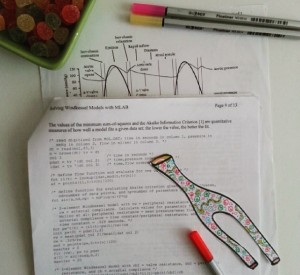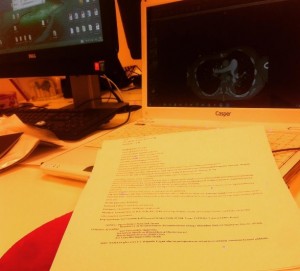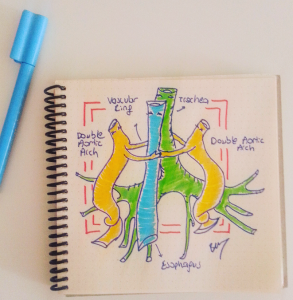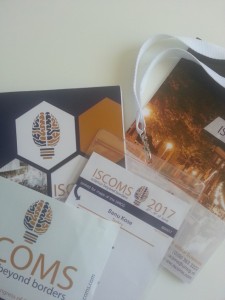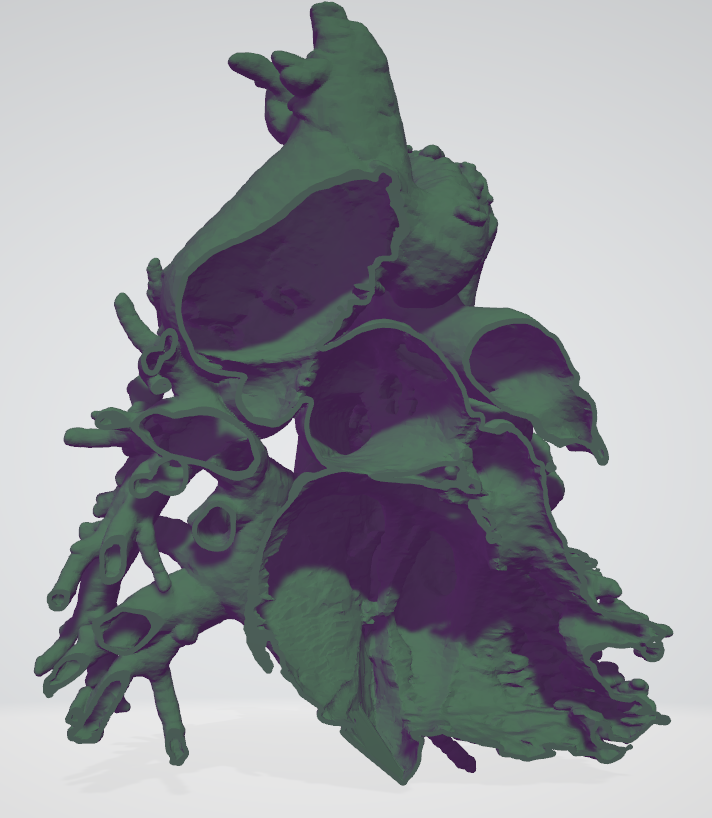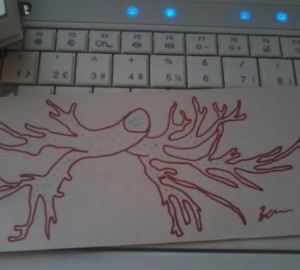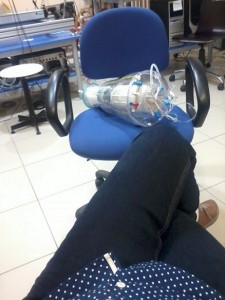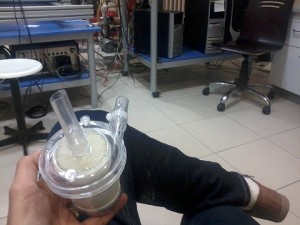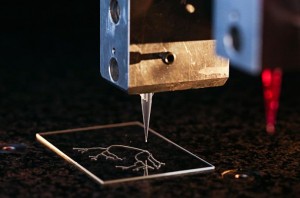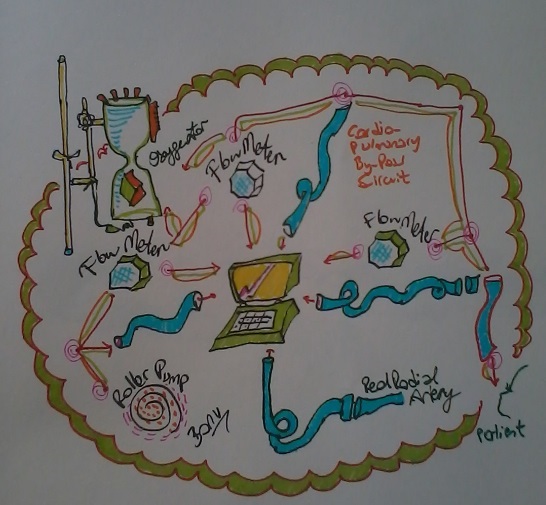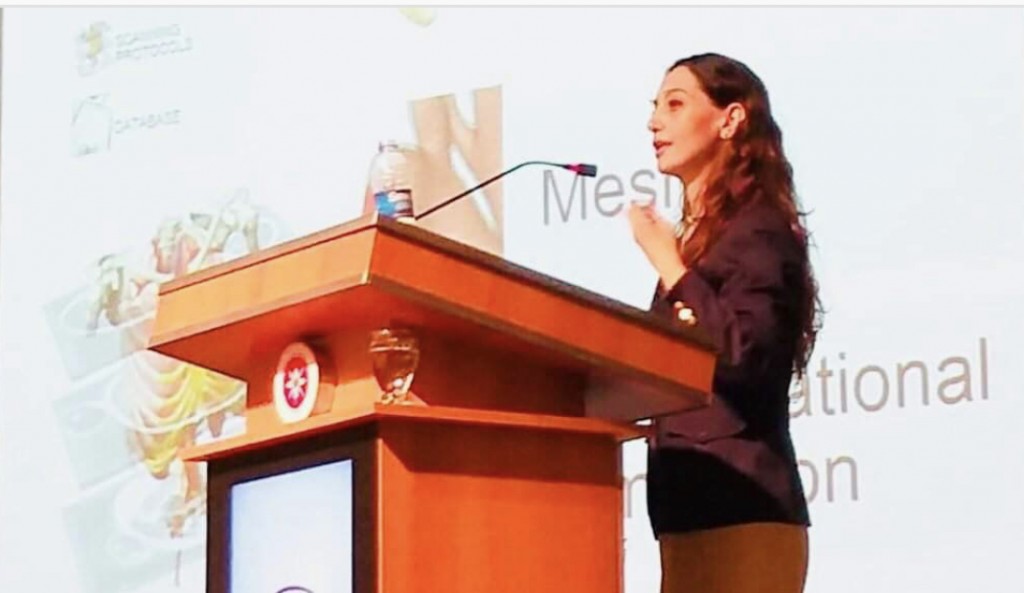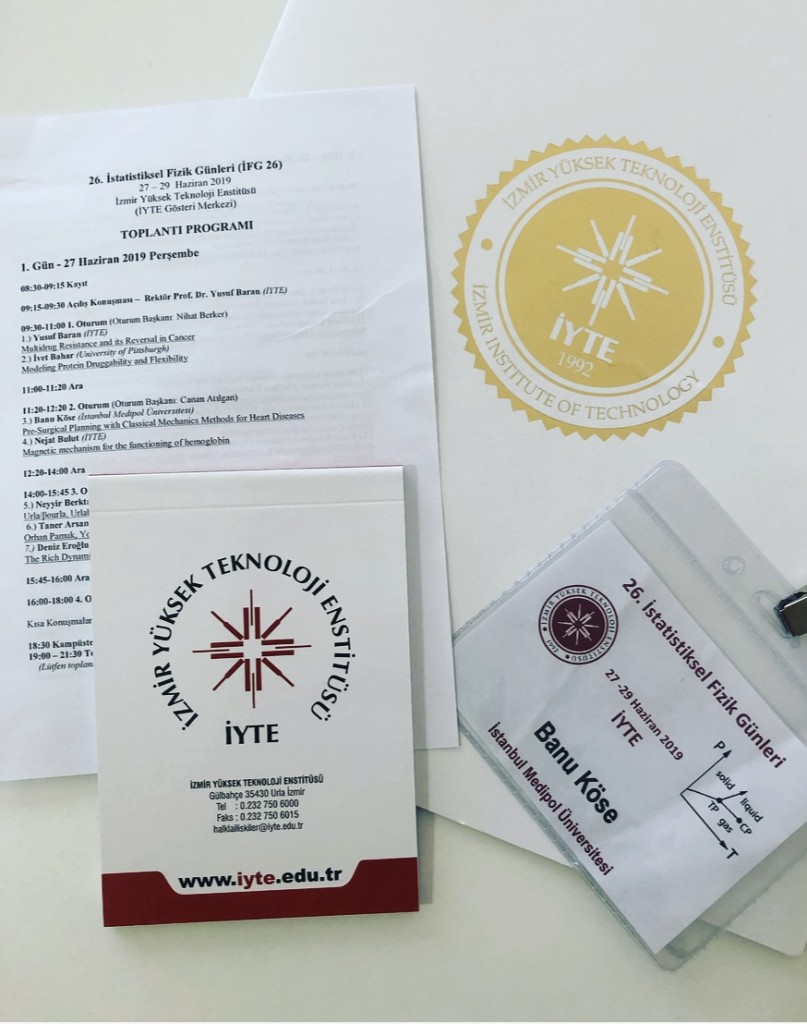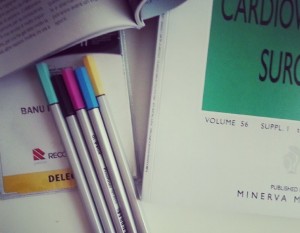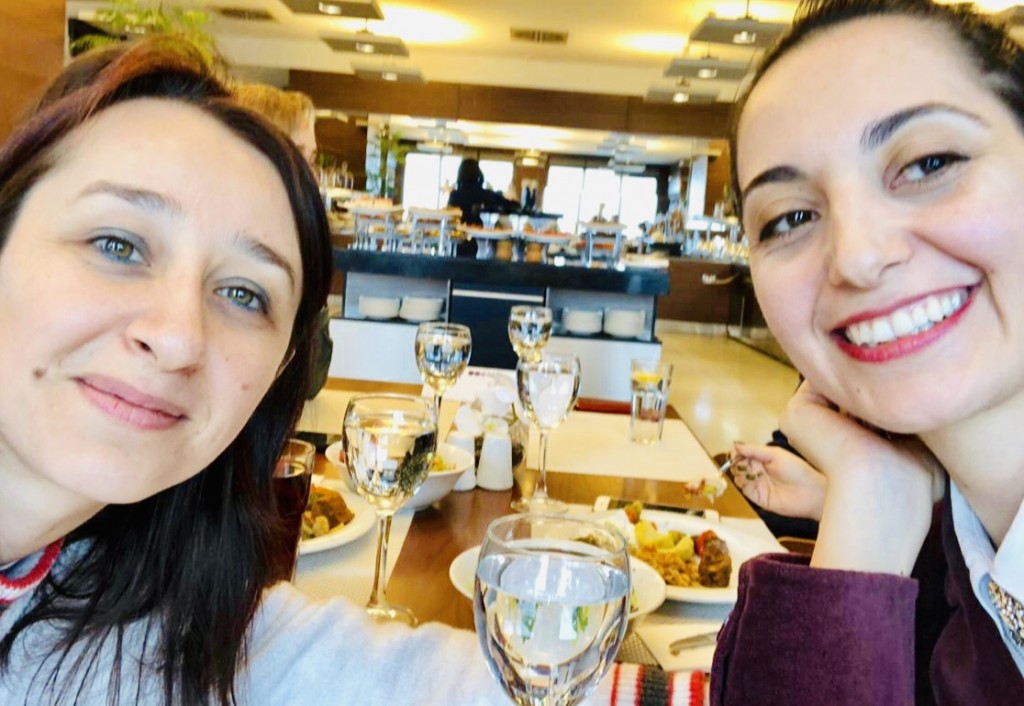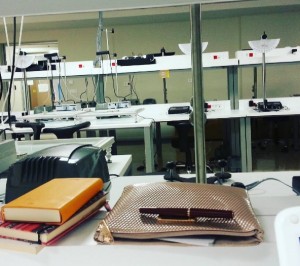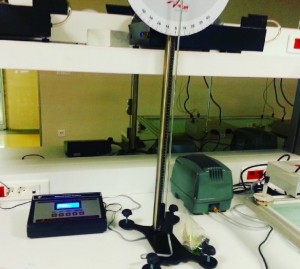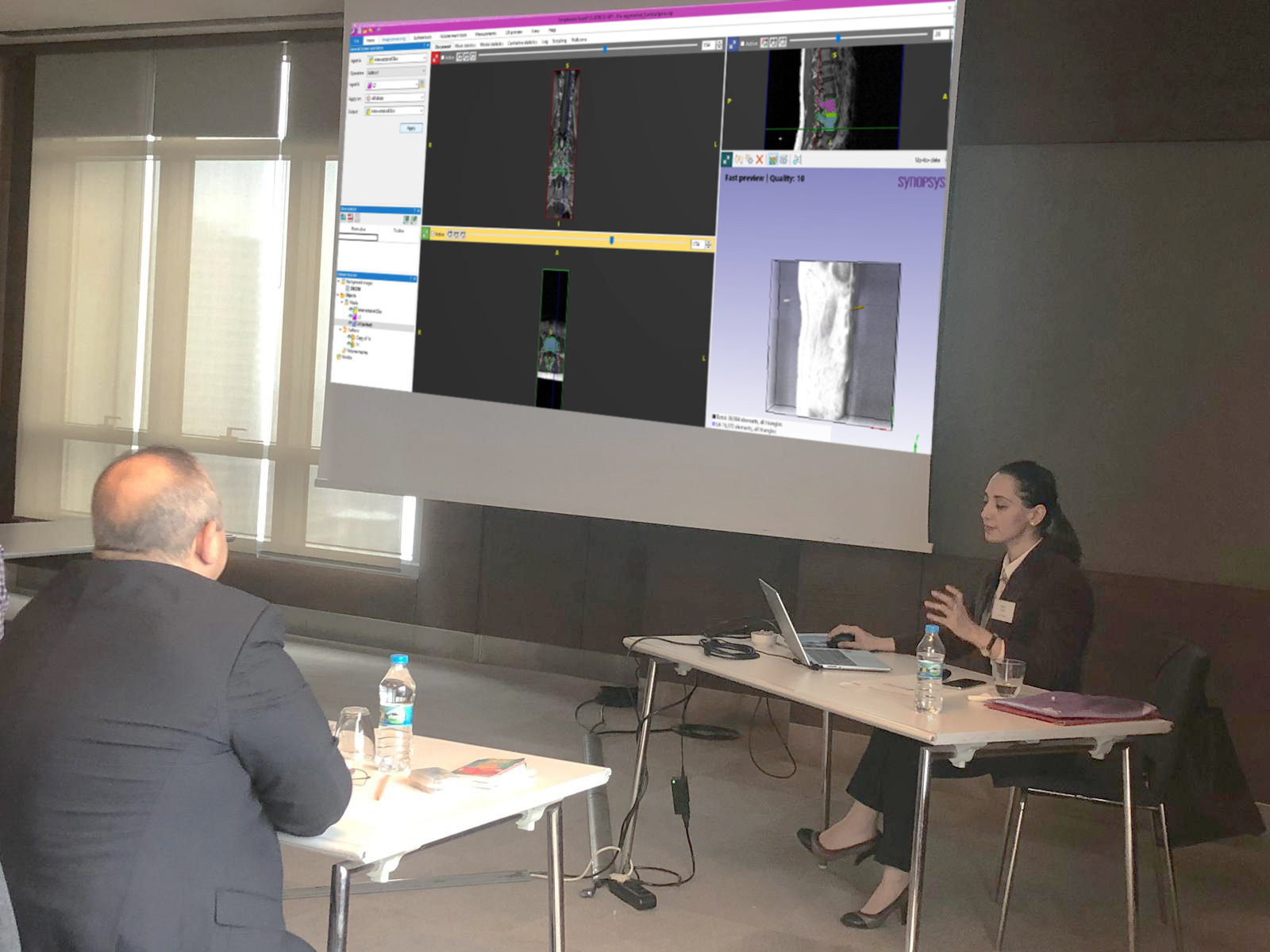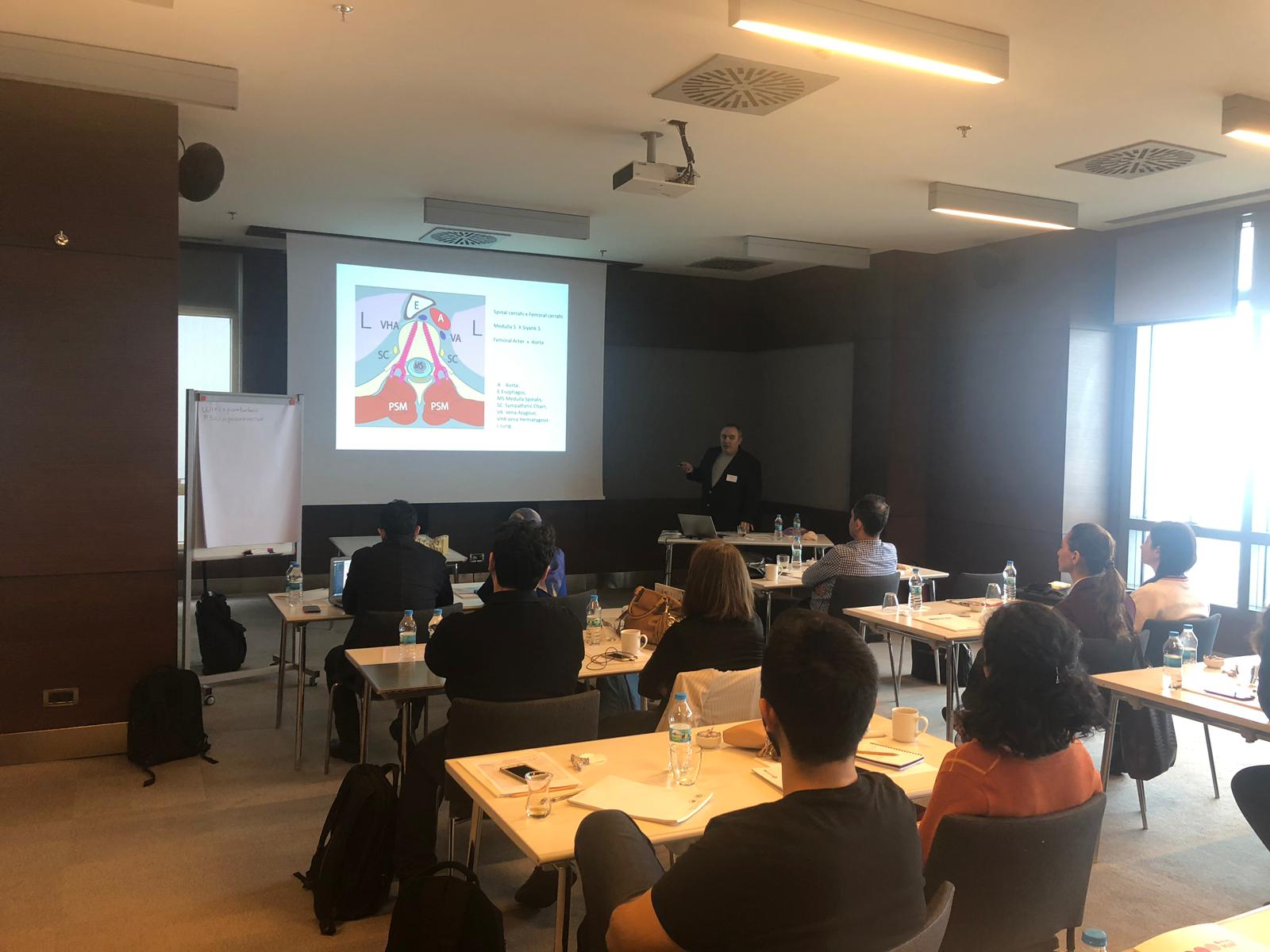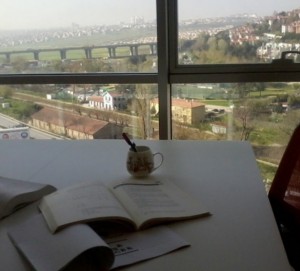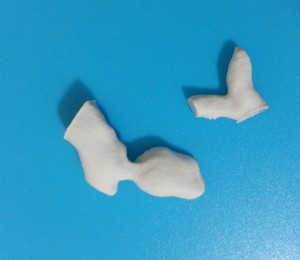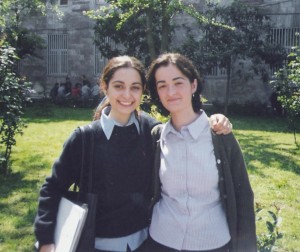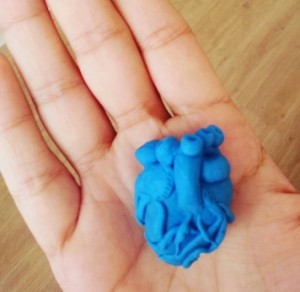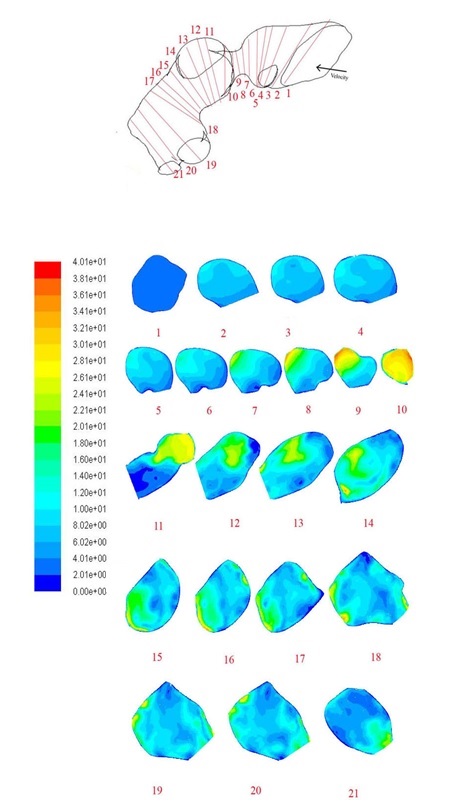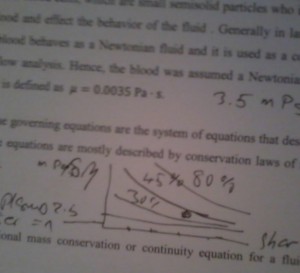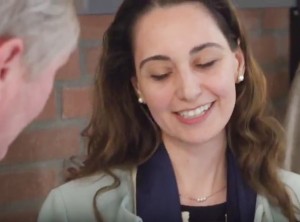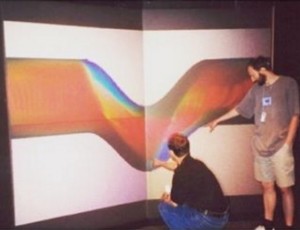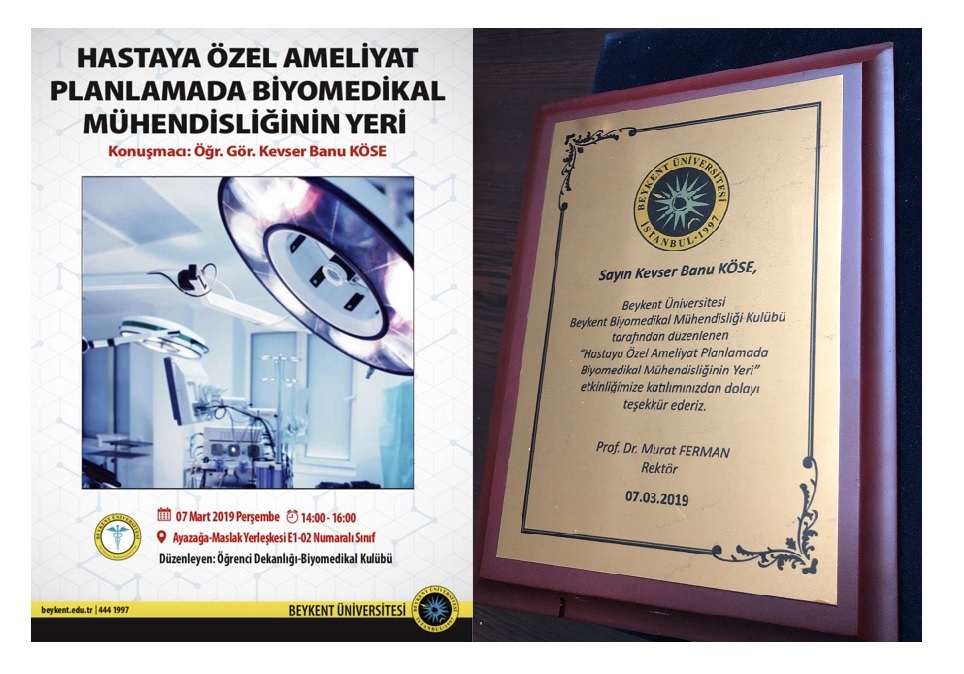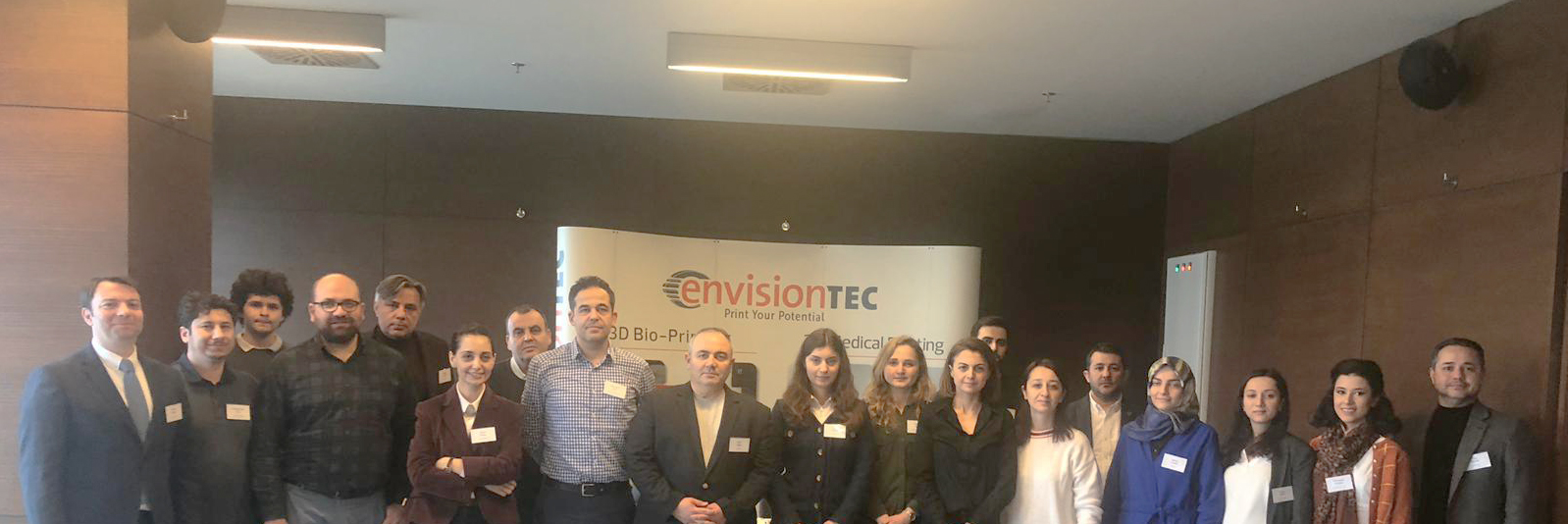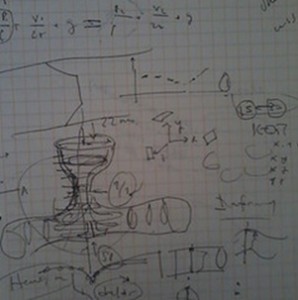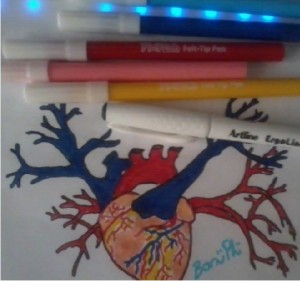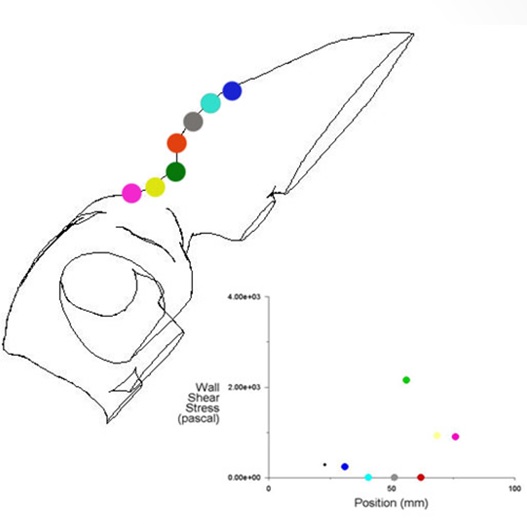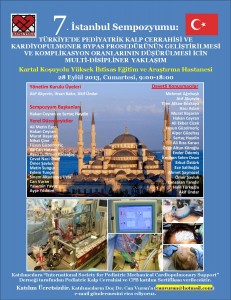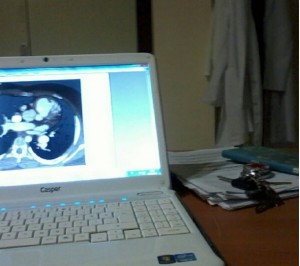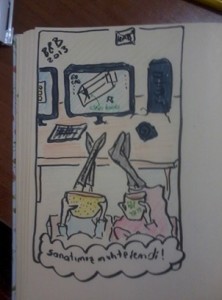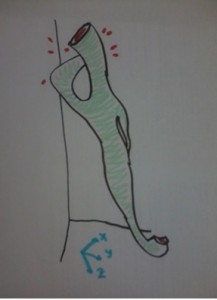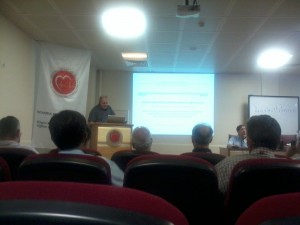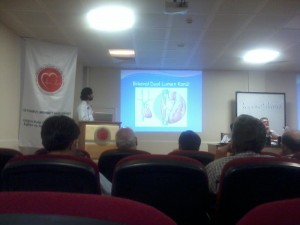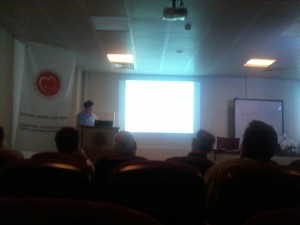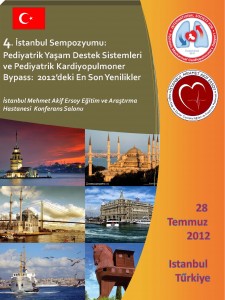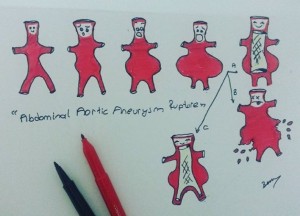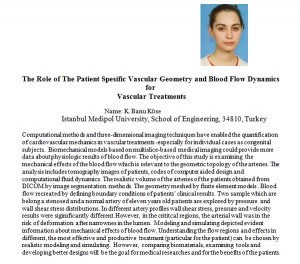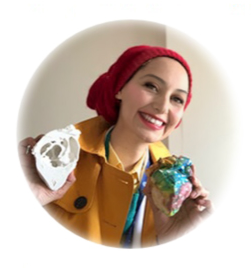Category: Banu Pluie
UCCVS 2022 Focus Valve Scholarship
I am very proud to have participated in 18th International Congress of Update Cardiology & Cardiovascular #Surgery with two research presentations, and ✨ to be awarded with FocusValve Scholarship ✨
Best regards to #UCCVS committee members and our esteemed Prof. Öztekin Oto.
EVBio
A team I am honored to be involved in EVBio!
EVBio is a digital think tank formed by scientists from all disciplines related to vascular medicine, from molecular biology to scientific computing. Our mission is to imagine the future through disruptive basic and translational research. Our team works tirelessly to formulate one universal coherent theory for vascular disease and support all global efforts towards its conception and validation.
Our membership will increase soon!
Clinical Engineer Hub
Our mission is to create a future generation of clinician engineers.
I am very happy to be in this team and to do great work with these amazing people.
The Clinician Engineer Hub was launched in 2019 in collaboration between clinicians and engineers at the Queen Elizabeth Hospital Birmingham, Imperial College London, and King’s College London.
This international hub brings together the clinical and biomedical engineering fields and provides talented medical students and clinicians exposure to the world of biomedical engineering, the challenges doctors face in diagnosing and treating patients, and how to potentially solve these issues with cutting-edge engineering solutions.
Bio Futurathon
We discussed how we can reach a ‘life without barriers’ in the future and evaluated the projects that the contestant groups developed during the event day within the context of hackathon. Congratulations to the winning teams.
For more details : BioFuturathon and Future Research Institute
Women in STEM
To commemorate International Women’s Day (8 March 2020), 3DMedNet has put together our first ‘Ask the experts’ feature in partnership with the global organization, Women in 3D Printing. Thanks to Georgi for inviting me to the conversation. Check the link for the full interview.
Women in 3D Printing
I was the guest of Women in 3D Printing this week.
The full-page is on this page: https://womenin3dprinting.com/banu-kose/
Thanks to Nora Toure for all the great work she has done and for bringing us together.
Institute of Physics / Challenges in Cardiocascular Flow
A joint meeting showcasing current work addressing the complex challenges in cardiac flow modeling, particularly focusing on the work of early career researchers (source).
Liquid State Physics in Turkey
22. Liquid State Symposium (22. Sıvı Hal Senpozyumu) took place on 7th December 2018 in Piri Reis University.
It was very proud to be together with the physicist academics I knew and admired since my undergraduate years.
I find myself lucky to see the Prof. Zehra Akdeniz that I have always admired and exemplified. I could finally meet Prof. Nihat Berker who is not only a famous physicist but also an intellectual on comparative literature readings.
Thanks to Dr. Ozan Sarıyer and Dr. Gulsen Evingur for organizing this meeting.
Prof Pekkan presented biological flow researches of his lab, and I presented a sample case of a pediatric aortic blood flow comparison study which is done with the great help of Dr. Ece Salihoglu.
Optimizing your workflow in the Mimics Innovation Suite
The Mimics Innovation Suite (MIS) allows you to automate your workflows, potentially saving a lot of time, achieving more consistency, and reducing repetitive work and human error. That is an easy thing to say, but if you do not have much experience with scripting, we all know that it can be tough to get started. If you want to speed up your learning curve and get a head start, then this could be an interesting training for you.
Topics will include:
Basics of Optimizing your Workflow in Mimics 21 and 3-matic 13
How to write your first scripts
Introduction to Python
Hands-on training exercises for creating planning workflows (e.g. loading datasets, performing basic segmentation steps, landmarking, creating anatomical coordinate systems, designing custom implants)
Simscale Certification
Thanks to Anna Flessner and Milad Mafi for the certificate, excellent training documents and lectures. #Simscale
The workshop was including the simulations of
1- Hip Joint Prosthesis and comparison of different materials with displacements
2- Stent Design and Comparison of different materials and different balloon pressures
3- Comparison of different stenosis persentages in carotid artery samples by CFD
The 5th ‘The Utrecht Sessions’ for Congenital Heart Disease
The Utrecht Sessions for Congenital Heart Disease was held at the University Medical Center Utrecht on 8-10 February. It was one of the best organized meetings I’ve ever attended.
I had the chance to listen to the work of the most successful pediatric cardiologists and surgeons in the field and to learn a lot about TGA.
I would like to thank Heynric Grotenhuis for the courtesy and help in the pre-seminar correspondence. And I would like to thank Gregor Krings for his support to share my work and to inspirational favour to interdisciplinary research.
I am delighted to have the chance to meet Gregor Krings, Heynric Grotenhuis, Tjark Ebels, Mario Carminati, Tara Bharucha , Petru Liuba, Virpe Puska and Ghadeera Almansoori.
Vivitro Pulse Duplicator Training in Protomed Labs
It was really a great experience at Protomed Labs in Aix-Marseille University. I really enjoyed learning about hydrodynamic testing requirements, Vivitro Pulse Duplicator, its calibration, flow testing, heart valve testing, and at the same time practicing.
Thanks to Prof. Kerem Pekkan for suggesting this training for Ece Tutsak and me.
I would like to express my sincere thanks and gratitude to Karim Mouneimne and Vincent Garitey for all the kind care they took, regarding the training, sharing their expertise to us, the detail notes, all the answers whenever required etc. in Protomed Labs.
I hopefully will be able to implement it further into my field. This got me inspired and ready to go!
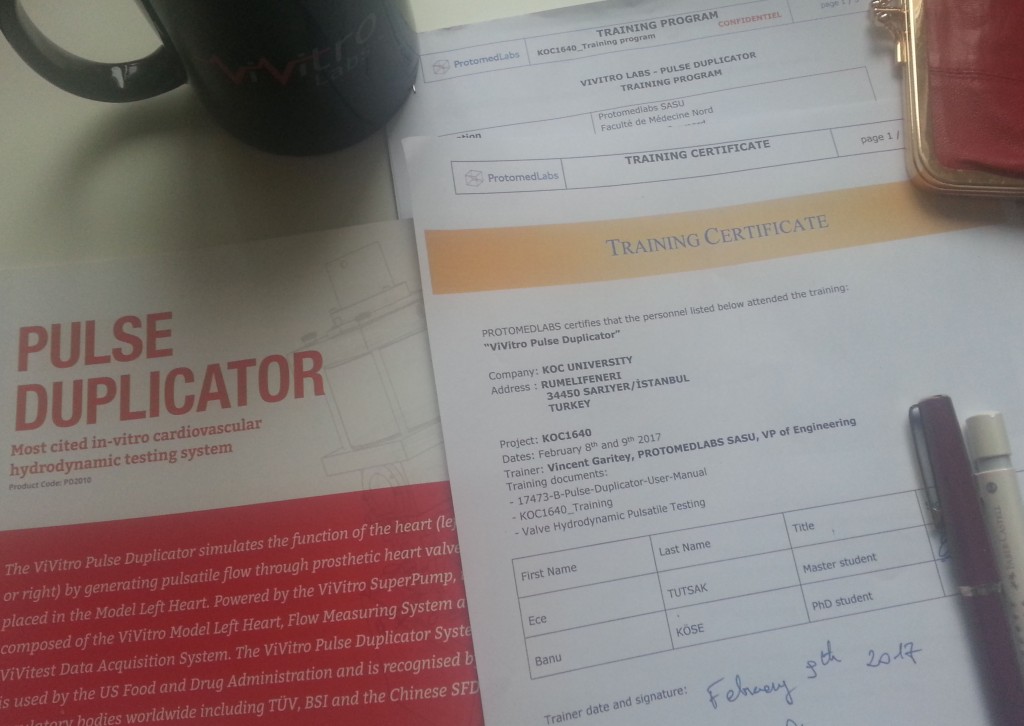 For More
For More
Laser Doppler Velocimetry
Laser Doppler velocimetry is used in hemodynamics research as a technique to partially quantify blood flow in human tissues such as skin. Within the clinical environment, the technology is often referred to as laser Doppler flowmetry (LDF). The beam from a low-power laser (usually a laser diode) penetrates the skin sufficiently to be scattered with a Doppler shift by the red blood cells and return to be concentrated on a detector. These measurements are useful to monitor the effect of exercise, drug treatments, environmental, or physical manipulations on targeted micro-sized vascular areas.
The laser Doppler vibrometer is being used in clinical otology for the measurement of tympanic membrane (eardrum), malleus (hammer), and prosthesis head displacement in response to sound inputs of 80- to 100-dB sound-pressure level. It also has potential use in the operating room to perform measurements of prosthesis and stapes (stirrup) displacement.
VasCollar (Vascular Collar)
I’ve just drown vessels to my collar. It looks better now.
For More Drawords Stuff, Click Here.
İTÜ
I could have a chance to give a seminar about my research field at Istanbul Technical University.
Thanks to the faculty in The School of Physics Engineering for their sociable audience and fruitful discussions.
Special thanks to Özgür Akarsu and Sevtap Yildiz Özbek for the generous invitation and their kind hospitality.
20. National Liquid State Physics Symposium 16 December 2016
20. National Symposium on Liquid State Physics was held in Piri Reis University.
The symposium was obtaining various studies about liquids as water and climate change, simulating strait systems, oceans, spin glass phases, liquid crystals, serum transferring, swollen gells, GO composites, metals with glass-like structure, super hidrophobic polistren and, biofluids {yes, this was mine ![]() }.
}.
It was an incontrovertible experience for me that i could meet new studies in the field and spend nameable times with physics authors.
Many thanks to organizing comitee (especially to Gülşen Evingür) and Sevtap Yıldız Özbek.
The website of the symposium is here.
Windkessel plus colours ;)
I know why I’d rather CFD. Because it has colours. Windkessel analogy has not.
Simulate the Physiology & Understand the Pathology
.
Computational Life is a young company which has the specialty on computational flow simulations and mathematical models for the medical technology field.
The validated software Digital Avatar Platform (DAP) of Computational Life is modeling human and animal body mathematically. It is testing physiological scenarios for drugs, medical devices and treatment methods.
Circulation system, cerebrospinal fluids, transport of pharmaceutical products throughout the body can be simulated for the human and animal body with DAP. It can also be modified due to the experiment.
They replied to me with a very warm and energetic mood when I wrote them. It is great that there are enthusiastic people in the medical technology field. I am sure that I will hear more about the news of Computational Life in the next days.
Thanks to Christian Contarino, Davide Chieco and Carlo Rivis for their innovative platform which brings a great help for clinicians, researchers, and engineers.
Please check their website for more information.
.
Development of Patient-specific Vascular Patches for Pediatric Cardiovascular Surgeries Using Computer-aided Design Techniques
A scene from project meeting in Koc University Hospital.
3D Printed Aorta
A pediatric aorta model reconstructed from the 3D CT images. 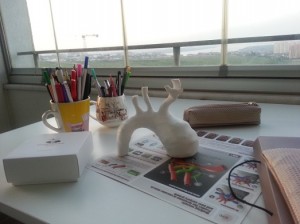
Mimics Innovation Course 2017 – Belgium
Inside A Blue Whale’s Heart
Many thanks to Bombay Segundo.
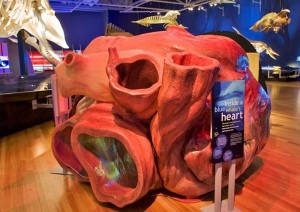 Source : Canadian Museum of Nature
Source : Canadian Museum of Nature
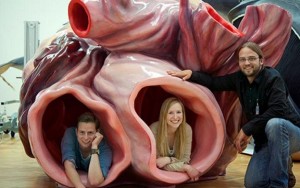 Source: @Pickover
Source: @Pickover
3D Intracardiac Models for Surgical Planning
In multidisciplinary areas, it is very important to be able to meet with the team who can work in harmony.
For his work on 3D intracardiac models on surgical planning, Thanks to cardiovascular surgeon Dr. Okan Yildiz, we have been informed about and contributed to many pediatric cases and treatments since 2016.
PRINT THYSELF
This sort of procedure is becoming more and more common among doctors and medical researchers. Almost every day, I receive an e-mail from my hospital?s press office describing how yet another colleague is using a 3-D printer to create an intricately realistic surgical model?of a particular patient?s mitral valve, or finger, or optic nerve?to practice on before the actual operation. Surgeons are implanting 3-D-printed stents, prosthetics, and replacement segments of human skull. The exponents of 3-D printing contend that the technology is making manufacturing more democratic; the things we are choosing to print are becoming ever more personal and intimate. This appears to be even more true in medicine: increasingly, what we are printing is ourselves.
Source: Newyorker
IFG26 – Statistical Physics Days
26th Statistical Physics Days were held in İzmir Institute of Technology.
During the program organization, Prof. Nejat Bulut’s dedication and careful attention to every detail was so amazing that it will be a very nice experience in my mind.
It was an honor to be among the successful physicist academicians and to listen to their work. It was also my chance that I had the opportunity to talk about my own practice and find the opportunity to discuss it with very precious professors.
3D Printing for Pediatric Cardiothoracic Surgeons
‘Having worked in product development for the past few years, Dr. Enrique Garcia had seen what 3D printers were capable of and began investigating the possibilities for creating models for pediatric cardiologists to use before an operation. She began by asking surgeons from around the country what they thought of the idea. To say that their response was overwhelmingly positive is an understatement. The value of this idea was immediately apparent.’
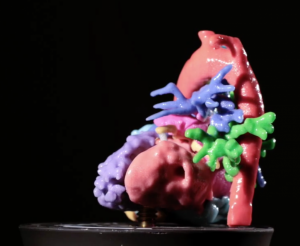
‘Pediatric heart surgery is the hardest thing that I can imagine a person doing. A surgeon doesn’t know what he’s going to see until he opens a child?s chest. Every heart is different and every cardiopathy is different,? said Garcia. ?A baby?s heart is the size of a walnut, and surgeons need to go in and move around structures that are as small and thin as a human hair, and they’re doing it with their own two hands. And all of this is occurring against a ticking clock.’
‘Having something in your hands, and being able to turn it any way you want, and to be able to cut and open it up and see the inside; and to be able to physically hold it, to feel it, is something that can?t be replicated on a computer.’
Read More in the source.
VOKSEL 3D TRAINING
Talking about cardiac imaging with Dr. Taliha Öner has always been a pleasure.
Good Luck in Boston.
Voksel 3D Surgical Planning with Simpleware -İstanbul
We depicted a live- surgical planning scenario with Prof. Erbil Oğuz and Kerem Girgin in Voksel 3D event. We used Simpleware for image processing, segmentation and designing.
Velocity Contours in Iso-Surfaces for The Re-Stenosed Pulmonary Artery
The entrance lenght parts of the inlet and outlet sections are only used for calculation process.
Starfish Medical – VivitroLabs – ProtomedLabs – Marseille – France
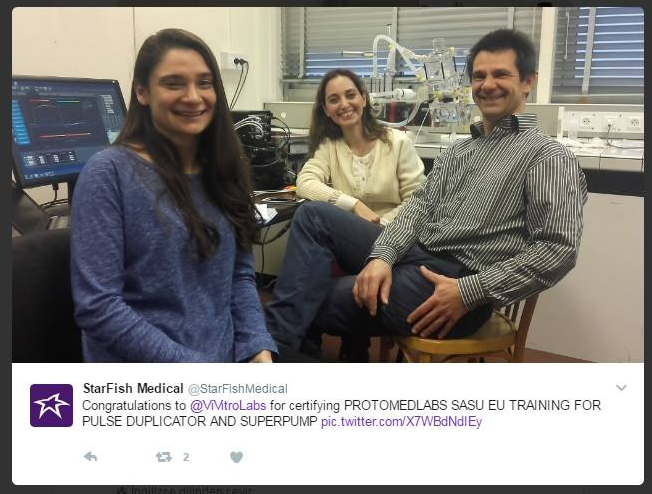
Ece Tutsak (Left) – Banu Köse(Middle) – Vincent Garitey(Right)
Wilhelmina Children’s Hospital / Utrecht Sessions – The Netherlands
3 daags kindercardiologie TGA symposium
Beykent University Biomedical Engineering Event
I would like to thank the students of the biomedical department of Beykent University for inviting me to their event. It was nice to meet the curious and excited students.
VOKSEL 3D Event in Istanbul
‘Voksel’s Anatomical Modeling, Surgical Planning, 3D Printing with Engineer – Surgeon Collaboration Training‘ was held on 23rd February in Istanbul.
I had the chance to share my experiences in image processing and modeling with the participants. I would like to thank Kerem Girgin, Erbil Oğuz, Samet Serbest and Cansu Çeltik from Voksel. It was great to be a part of Voksel team, and meeting with the participants who were aware of the benefits of interdisciplinary collaborations and patient-specific planning very well.
3D Modeling to Display Complex Congenital Heart Diseases
Thanks to Emre ^.^
Wall Shear Stress
Pediatric re-stenosed pulmonary artery model is depicted with marked points of unstable wall shear stress (WSS) which brings about the thinner layers by platelets. This means the loss of smooth muscle cells and remodeling risk. Sudden bends and tapering in the geometry induces high velocity gradients and high wall shear stress.
NAFEMS European Conference on Multiphysics Simulation 2018
11th & 12th October 2018
Budapest, Hungary
Technology is changing faster than ever. Global megatrends – such as digitalization, resource scarcity, and the need for renewable energy – drive the demand for innovation and efficient product development. In today’s world of almost limitless computing power, numerical simulations need to be both accessible and accurate in order to enable innovation.
NAFEMS are pleased to announce the fourth European Conference on Multiphysics simulations in October 2018. It will cover the use of Multiphysics simulations in industry.
4th Istanbul Symposium of Pediatric Life Support Systems and Pediatric Cardiopulmoner Bypass:The Last Advances in 2012
4th Istanbul Symposium of Pediatric Life Support Systems and Pediatric Cardiopulmoner Bypass:The Last Advances in 2012 hold on Istanbul Mehmet Akif Ersoy Thoracic & Cardiovascular Surgery Training and Research Hospital.
4th Istanbul Symposium: Pediatric Support Systems and Pediatric Cardiopulmonary Bypass
The 4th Pediatric Support Systems and Pediatric Cardiopulmonary
Bypass Symposium will be held on 28th July 2012
at Istanbul Mehmet Akif Ersoy
Thoracic & Cardiovascular Surgery Training and Research Hospital.
.
Knee Anatomy Segmentation
I tried to show the knee anatomy with the MRI dataset of 3D Slicer (Harvard Medical School /Brigham and Women’s Hospital / Surgical Planning Laboratory).
Video: Knee Anatomy
